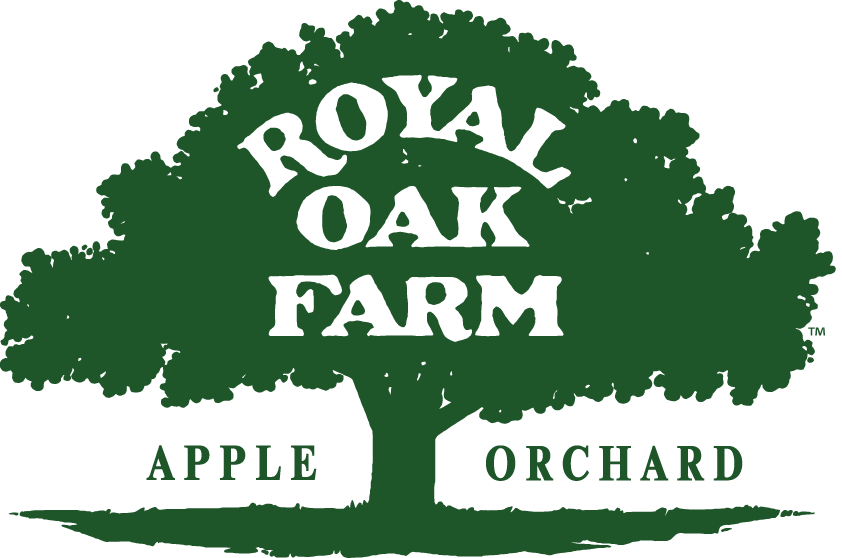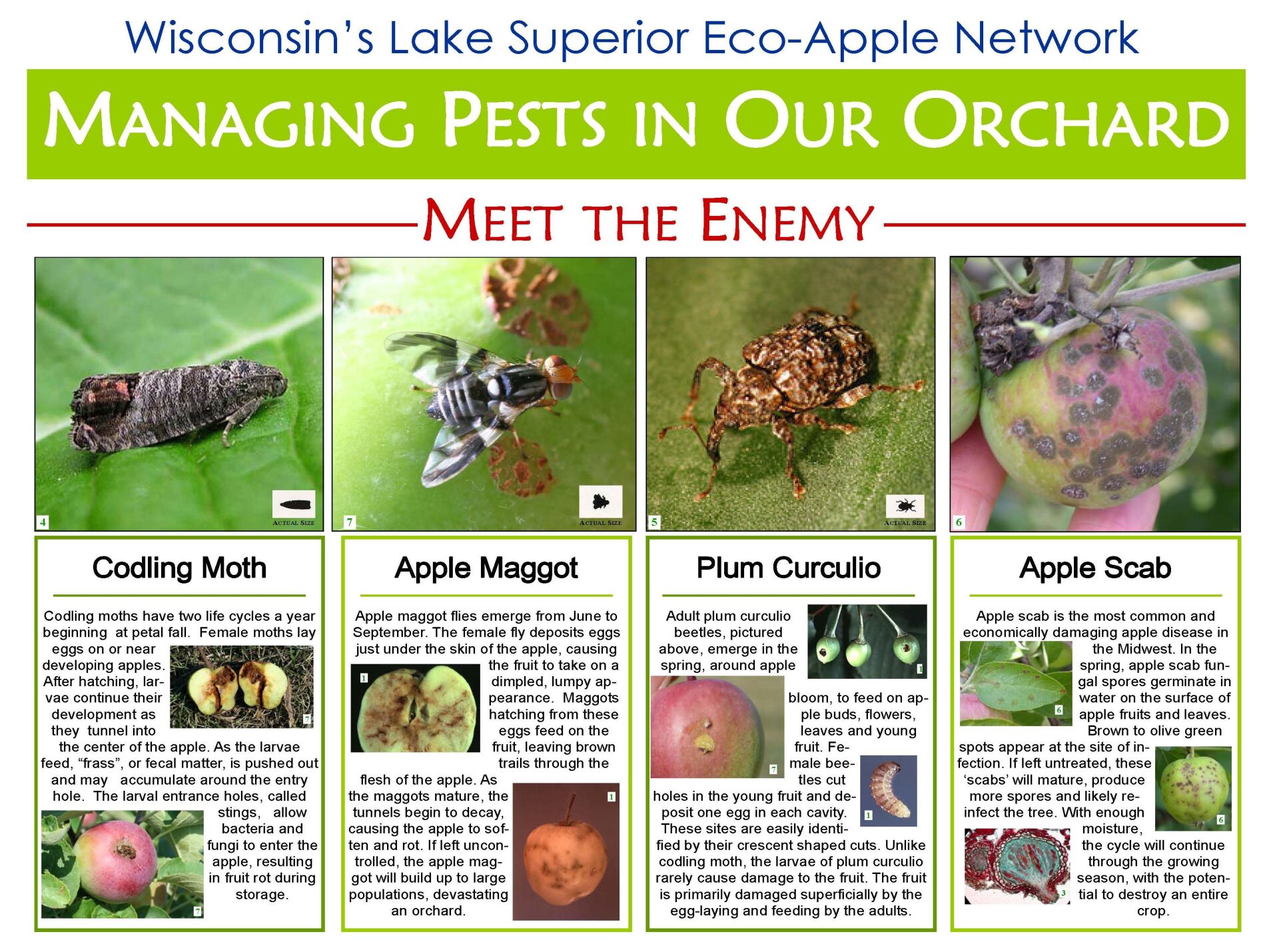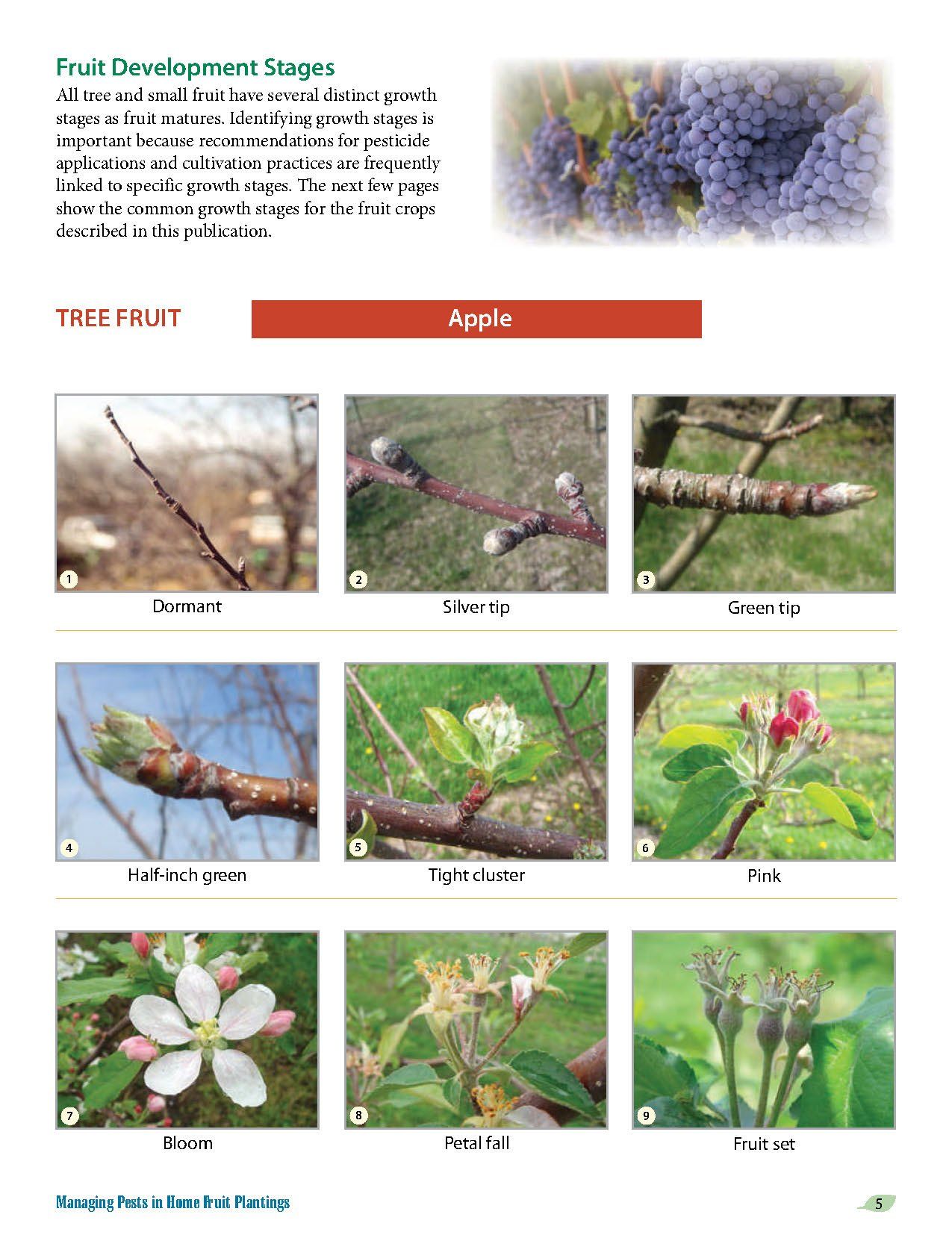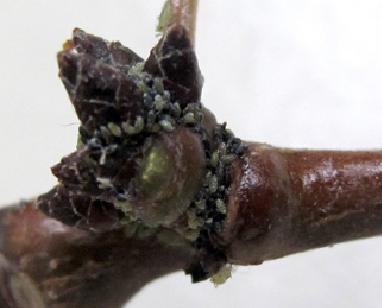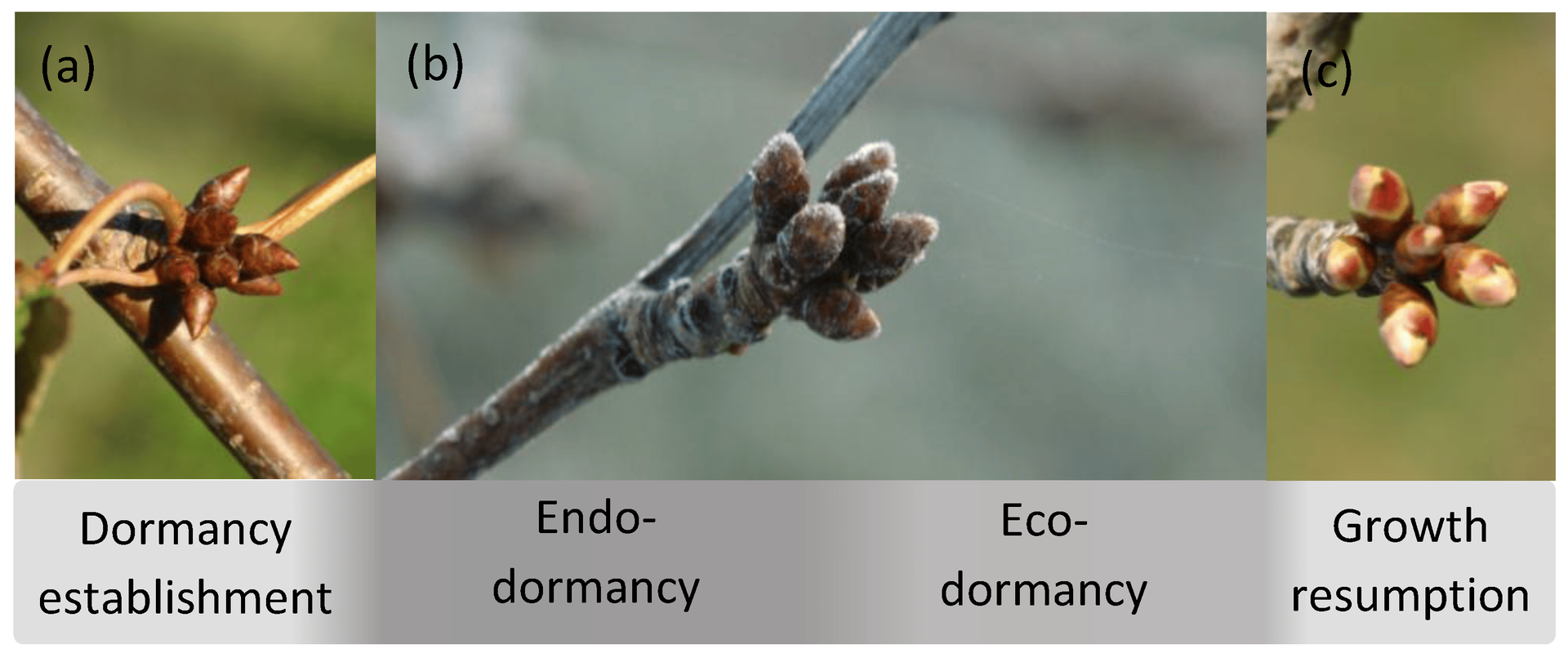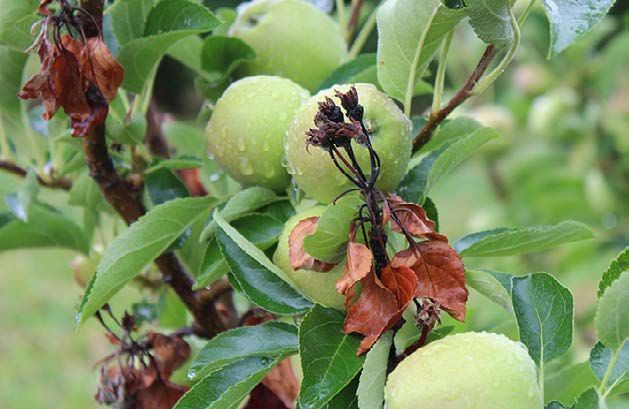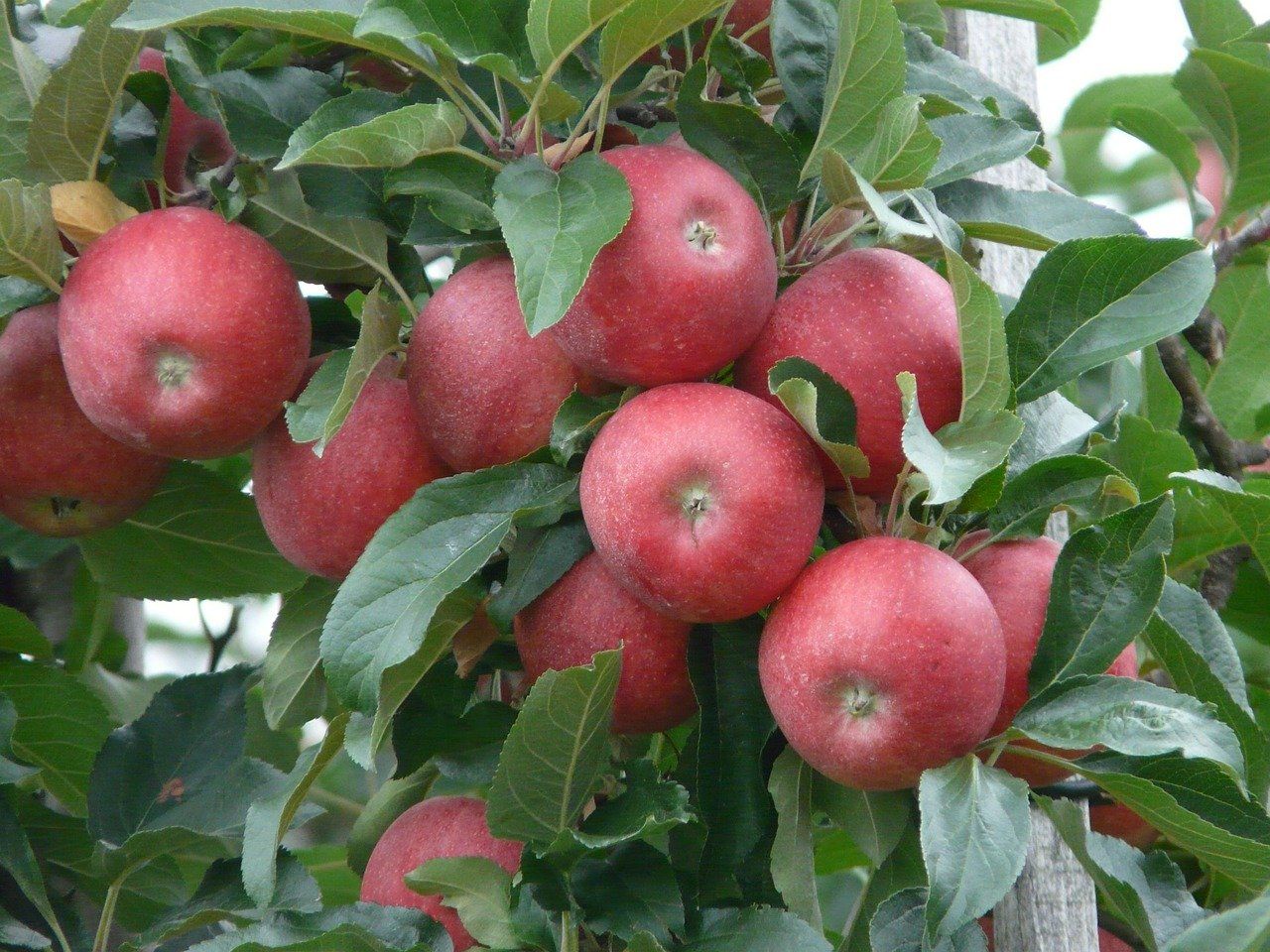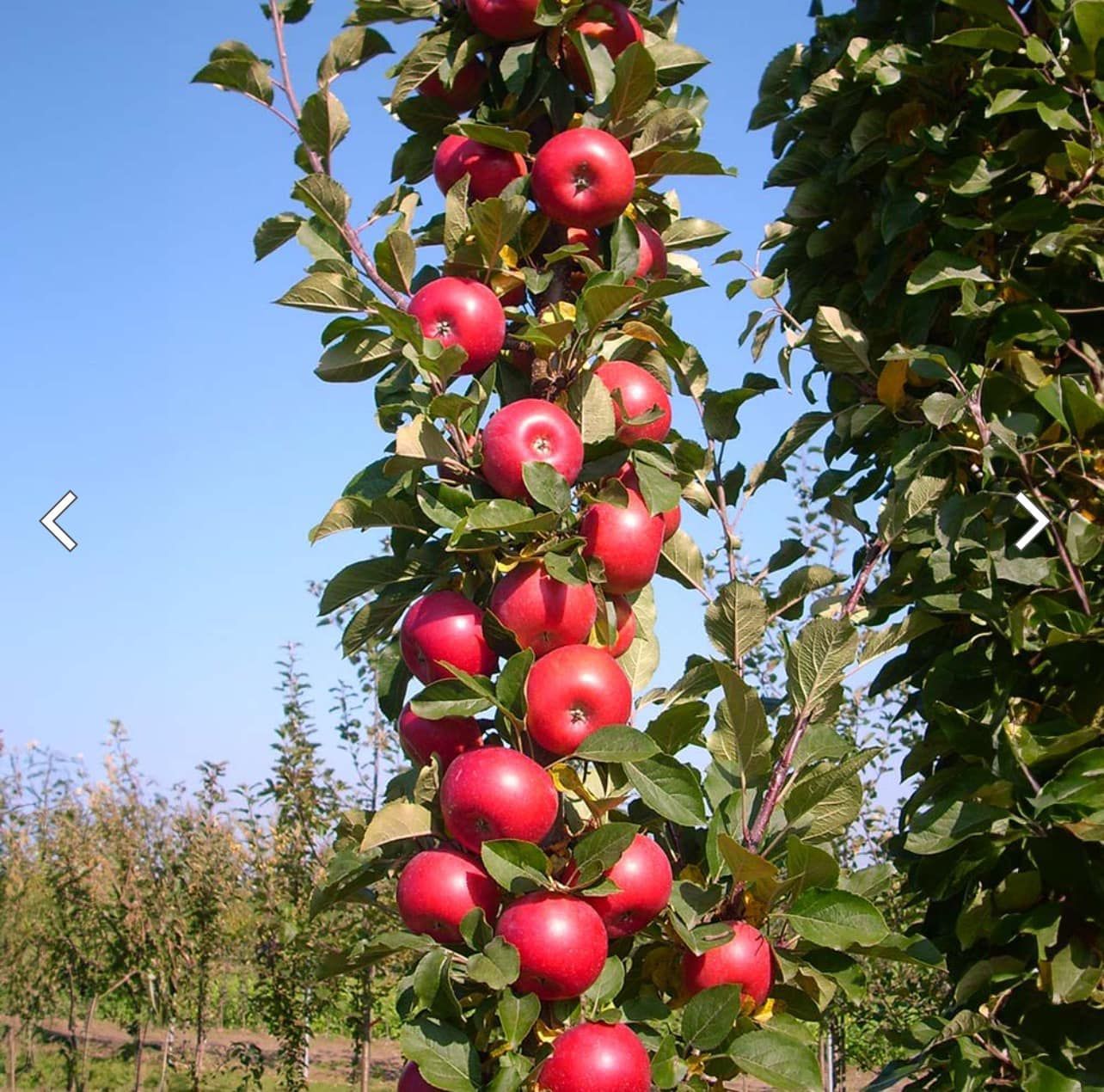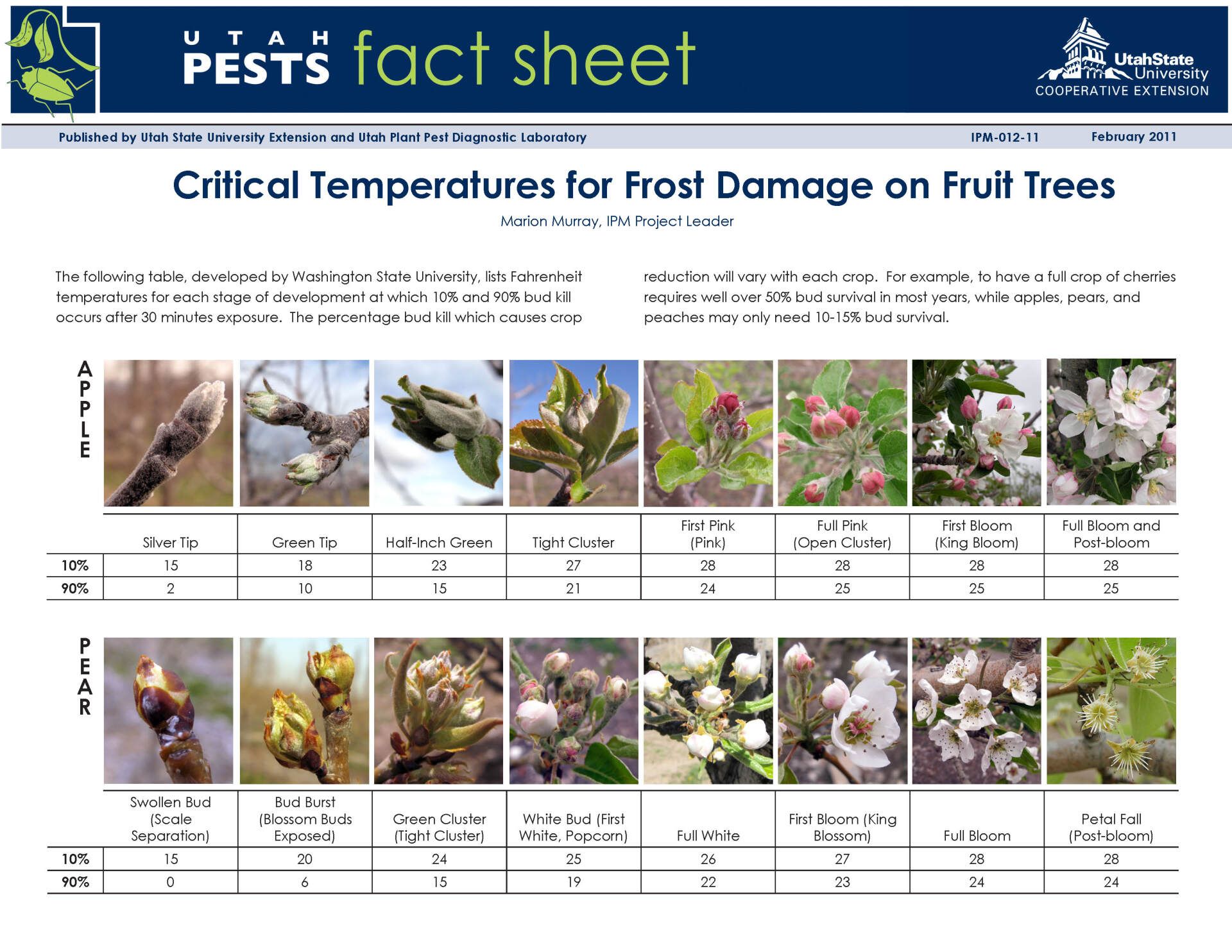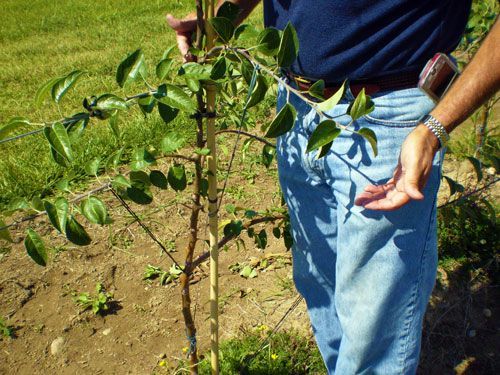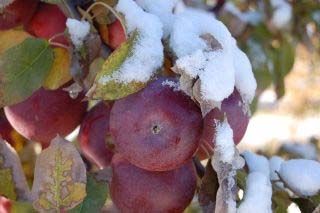Time to Think About a Spray Protocol
Time To Plan A Spray Protocol
If you have a Home Orchard or just a few apple trees in your back yard, and if you have pest pressure and have not thought about how to handle those pest problems you had last season yet, now is the time to actively examine a spray protocol for your fruit trees! And start right away, before it is too late and the pests have a chance to establish themselves in your trees! The question everyone needs to ask before spraying is “Do I want to spray or not?” Well, unfortunately, in northern Illinois, and pretty much East of the Rockies, we have four main pests that we will almost always have to spray for. This is pretty much true for any area east of the Rocky Mountains. Not included in these four main pests is fireblight, which is a bacterial disease that will be covered in another post.
The decision to spray or not depends on how much fruit loss you are willing to take. That is your threshold. If you can accept some fruit loss, then the need to spray diminishes greatly. But if you only have a few trees and some fruit damage may mean losing half your fruit, then spraying becomes more important. Let’s meet our top four pests in northern Illinois, southern Wisconsin, and in most of the states east of the Rocky Mountains.
The Four Main Pests
The four main pests that we face in apple orchards here in our climate zone of 5/5A are
apple scab,
plum curculio,
codling moth and
apple maggot, in that order. What isn't listed here is fire blight, which is a devastating disease that must be sprayed for because it can wipe out entire trees in a matter of days. For more information on these and other potential apple tree pests, visit our web site
Growing Guide page. But how do we know when to spray for them if it is a last resort to protecting our fruit?
All tree fruit have several distinct growth stages as the fruit matures. Knowing and identifying those growth stages is very important for the home grower because recommendations and spray timing for spray applications are linked to these specific growth stages. The chart below shows the common growth stages for apple trees.
Tree Growth Stages (Phenology)
Since the average home grower does not have access to their own weather stations or degree day calculators, the fruit tree development stages play an ever greater role in pest management for the average grower. Most spray schedules (protocol) follow the tree development stages to aid in the timing of sprays so they are most effective. It is important to note that many diseases and some insects can only be controlled by spraying before they can be seen like apple scab. Spraying less frequently or at the wrong time will typically result in poor results. And, spraying more frequently will not necessarily give greater control.
The tree developmental stages or tree phenology gives us a guide as to when to spray, but what do we spray if we have to spray? If we consult some of the various spray guides available to the home grower, we will find that most of the spray guides provide us with the tree’s development stages (phenology) and the insects or diseases that frequently occur during each of theses stages. So the tree phenology serves as timing guide when the application of a particular spray is recommended in order to control specific insects or diseases at the right time. The following spray guide for apple trees will give us the time to spray based on tree phenology, the pest to spray for and the product recommendation for that pest(s). But remember, if you don't have the pest pressure, it may not be necessary to spray for that particular pest listed in the guide.
Apple Spray Guide
This particular spray guide is included in “Managing Pests in Home Fruit Plantings” from the Purdue University Extensions Publication web site or our web site as a free download. It goes into detail as to the various products available for spraying that include both conventional and organic alternatives. The publication includes apples, pears, peach, cherry, grape, strawberry and raspberry guides as well as the phenology charts for each fruit type. For recommendations on spray products for the Home Orchard visit our spray product recommendations.
Reference in this publication to any specific commercial product, process, or service, or the use of any trade, firm, or corporation name is for general informational purposes only and does not constitute an endorsement or certification of any kind by Royal Oak Farm.
People using spray products assume responsibility for their use in accordance with current label directions of the manufacturer.
Backyard Orchard Management @ Royal Oak Farm Orchard
Backyard Orchard Management @ Royal Oak Farm Orchard is a blog for the home fruit tree grower providing information about fruit tree management, fruit tree pruning & training and Integrated Pest Management from the IPM Specialist and Certified Nurseryman at Royal Oak Farm Orchard, a 22,000 tree apple orchard and agri-tourism operation located in Harvard, Illinois.
Click or tap any title to read that post.

